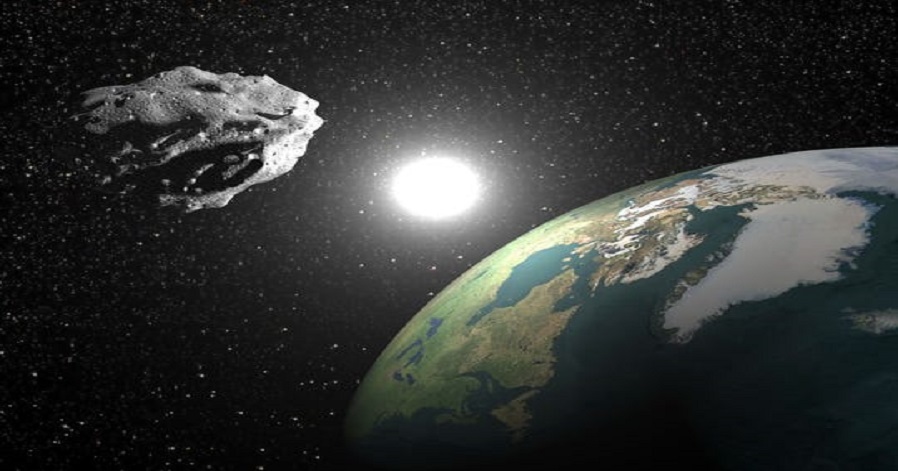No products in the cart.
Massive asteroid heading towards Earth, has Small chance to hit the Earth this year
Even today, scientists across the world are chipping in with new theories about space. It is their hypothesis and it may or may not be true. However, their recent findings suggested that Earth may experience some danger as a massive asteroid which is roughly the width of a football field will pass in the nearby proximity to Earth this year. According to scientists, the threat to Earth will not be a serious one as the risk is minimal.
The asteroid called as 2006 QV89, is one of 870 objects on the ESA’s potential risk list, which tracks “all objects for which a non-zero impact probability has been detected.”
The asteroid is now ranked fourth on the current risk list and shockingly, it is the only object in the top 10 list with a fair chance of impacting Earth this year.

The ESA’s risk list organizes NEAs by their Palermo scale rating, which calculates potential impact risks. 2006 QV89’s value is -3.63. As per the Center for Near Earth Object Studies- values on the scale “less than -2 reflect events for which there are no likely consequences.”
The asteroid is about 131 feet in diameter which is 30 feet shorter than the width of a football field. As per the ESA’s impact table, 2006 QV89 has a .014 percent chance of impacting Earth on September 9.
NASA describes Near-Earth Asteroids (NEAs) as asteroids that will get within 120.8 million miles of the planet Earth.
2006 QV89 was initially observed by the Catalina Sky Observatory in Arizona in the year 2006. Well, this is not the first time that it has passed in close distance to the planet. Previously, it had two close approaches in the 1950s which followed in the 1960s, another in the 1970s and two more in the 1980s.
In fact, there were two more close approaches by 2006 QV89 in 2003 and in 2006. As per ESA, after this year, it is all set for one more close approach in the year 2032.
It is likely to pass 4.26 million miles away from our planet during its next close approach in September. It should be noted that Earth’s moon is an average of 238,900 miles away and in May, the asteroid 1999 KW4 actually a system with two space rocks passed about 3 million miles away from our planet Earth.
In June 2018, NASA also released its National Near-Earth Object Preparedness Strategy and Action Plan in an attempt to enhance the country’s capability to address the dangers of near-Earth objects (NEOs) by, “leveraging and enhancing existing national and international assets and adding important capabilities across government.”












